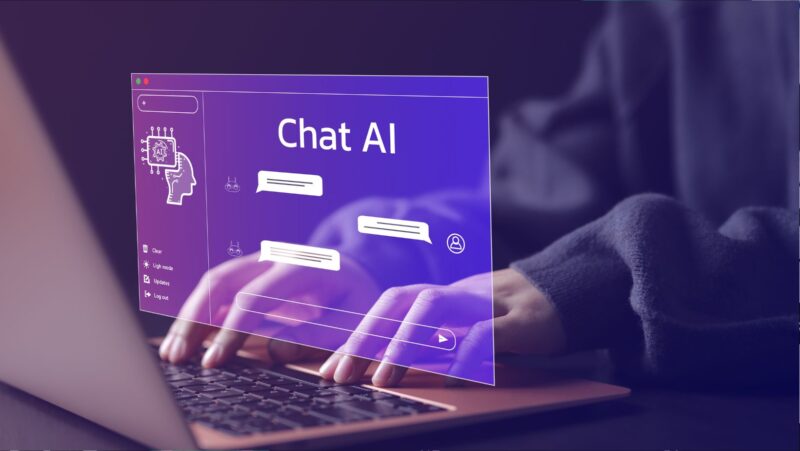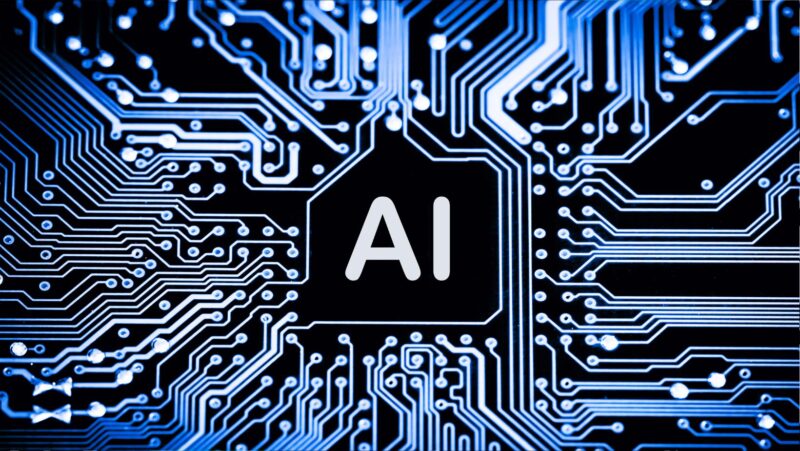How to Use Generative AI in Marketing to Reduce Costs
Cast your mind back to September 2022. If you weren’t in a tech-specific office, that might have been your workplace’s first exposure to Generative AI. OpenAi’s DALL-E 2 package was opened to everyone after a successful beta test, and many business hours were lost as folks prompted the software to create stunning images from simple text prompts like ‘bassett hound’ and ‘BLT’.
However, when harnessed for more targeted purposes, the business case for Generative AI is compelling. In 2022, McKinsey & Company felt bullish enough on GenAI to predict that it would add up to $4.4tn to the global economy on an annual basis. Their 2024 AI survey found that corporates using the technology had jumped from 50% of respondents to 72% in that two-year period, according to Nairametrics. Moreover, 34% of respondents reported using GenAI in sales and marketing had cut costs while 72% declared it had increased revenue. The numbers look stunning. But how do we achieve them? Let’s take a deeper dive.
What is Generative AI?
Put simply, Generative AI is using artificial intelligence to create new content. To go back to the DALL-E 2 example, a prompt of ‘draw a bassett hound wearing a fedora hat’ would see the software scan its libraries for those things and produce an image of said, providing it had access to relevant data.
A detailed look at generative AI at MongoDB explains that AI systems are based around large language models (LLMs) where they’re ‘trained’ on enormous quantities of data so that they have vast resources to answer any query that may be put to them. A newer-still development is retrieval-augmented generation (RAG) where the system can go beyond its borders and search other databases and even the wider internet to deliver results beyond the data it already holds. Say, for example you wished to create a campaign based around the iconic images of the Euro 2024 soccer tournament –an LLM that was last updated in 2023 couldn’t do that – an RAG model can go and retrieve those for you.
Usage Cases
The Fall 2023 Chief Marketing Officer survey showed some of the practical benefits of GenAI. While 60% of companies had been using GenAI for less than a year, the areas focused on are illuminating. 65% of companies used GenAI for blogging (including 100% of the real estate respondents).
GenAI is particularly suitable for the task as packages like ChatGPT have access to almost as many resources as the big search engines, while also being able to produce content quickly enough that they’ll rank higher on said search engine results by virtue of being recent, and frequently updated.
Fintech firm Klarna has gone big on GenAI, using it to produce imagery (saving on agency fees) and translation – while Google Translate can give us all a slightly basic insight into AI translating, much more powerful packages can translate local dialect and idiomatic expressions, meaning an English-speaking company can market to both Bilbao and Buenos Aires without knowing the local variants of Spanish. Klarna estimated that Generative AI has cut costs by around $10m this year, while their number of campaigns has increased.
The Human Touch
GenAI is a tool with almost boundless potential, but do remember one of the oldest adages of marketing – ‘people buy from people’. GenAI is widely used in email campaigns due to its ability to personalize and customize copy, but Modern Business Life can attest that a successful presentation will still hinge on the delivery, no matter how good the AI help was in sourcing the slide materials.  While AI models can screen the content they produce for veracity, they can’t always check for context. And at the very upper echelons of creativity, artificial intelligence may not quite match the human eye. For instance, Scientific American recently reported on a ‘real photo’ winning an AI photo contest before being disqualified.
While AI models can screen the content they produce for veracity, they can’t always check for context. And at the very upper echelons of creativity, artificial intelligence may not quite match the human eye. For instance, Scientific American recently reported on a ‘real photo’ winning an AI photo contest before being disqualified.
While talent is key to any company’s thriving, GenAI can aid that talent in a variety of ways. It can free them up from some of the donkey work of the day to day marketing job. It can inspire, and help flesh out concepts. And it can do those at a fraction of the cost of the human equivalent.




